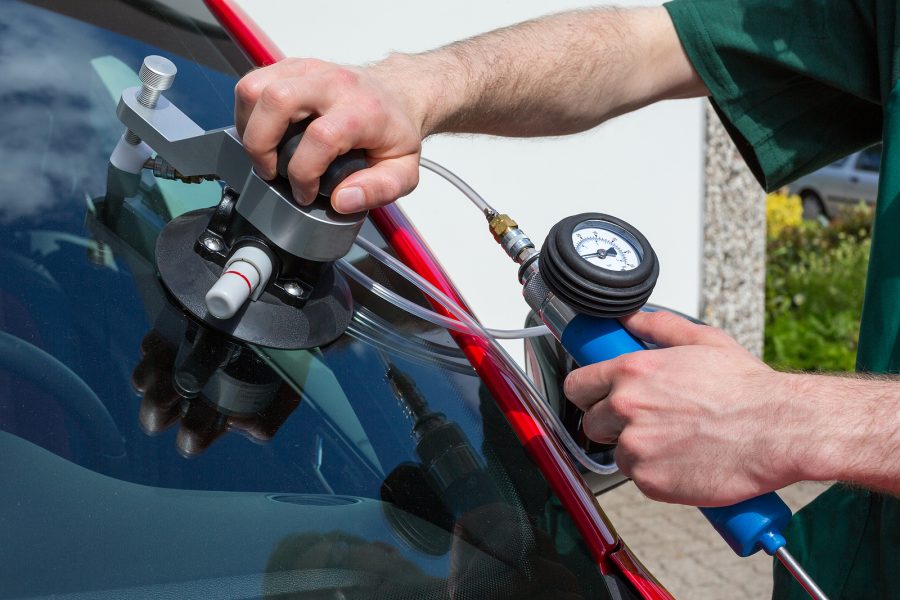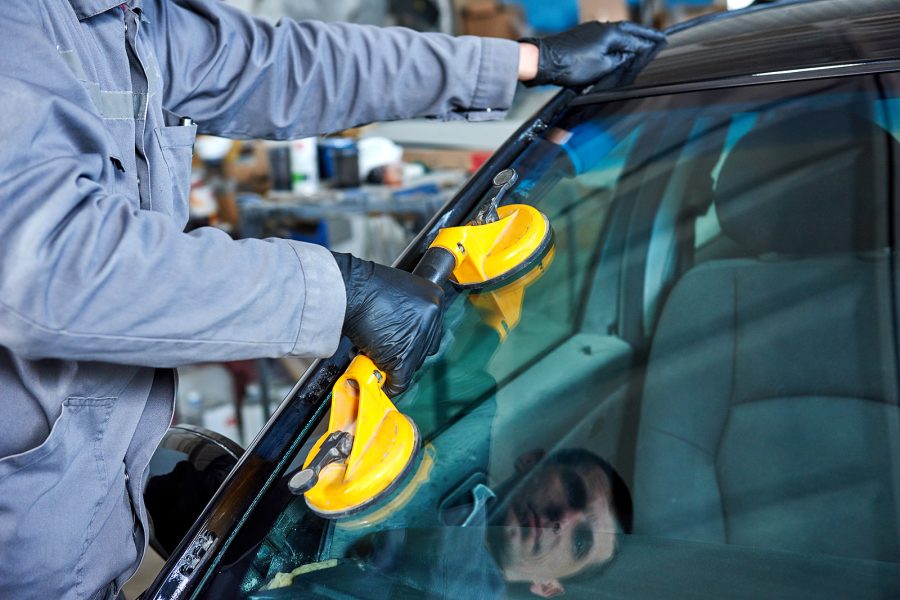The design of a car’s windscreen generally involves the level of wind resistance, how strong the glass that makes it is and other safety advancements.
One trend that has been growing over the last decade, in particular, has been the rise of the smart windscreen. Rather than rely on a central console or instrument panel, drivers can see important information appear directly on the windscreen, using augmented reality.
As cars such as the most recent Mercedes Benz GLE come equipped with a full augmented reality system, it is worth looking at a new way to look at the world outside your car.
Augmented Reality Overlays
A smart windscreen works by combining what you see through the windscreen with important and relevant information, which is acquired through the use of augmented reality.
Augmented reality, or AR, is a combination of a real-world environment with computer-generated information, which for a smart windscreen can include maps, traffic information, news, speedometer, milometer and other information important to your journey.
Many people have an AR device already in the form of their smartphone, which has applications such as Lens which display information based on what it looks at, such as reading QR codes or recognising faces to help focus the camera.
The good thing about a smart windscreen is that you would need to use a windscreen replacement service if it goes wrong.
Most systems, such as Envisics and WayRay, project the AR information onto the windscreen glass and can detect lanes, cars in front of you, speed limits and locations, among other touches.









